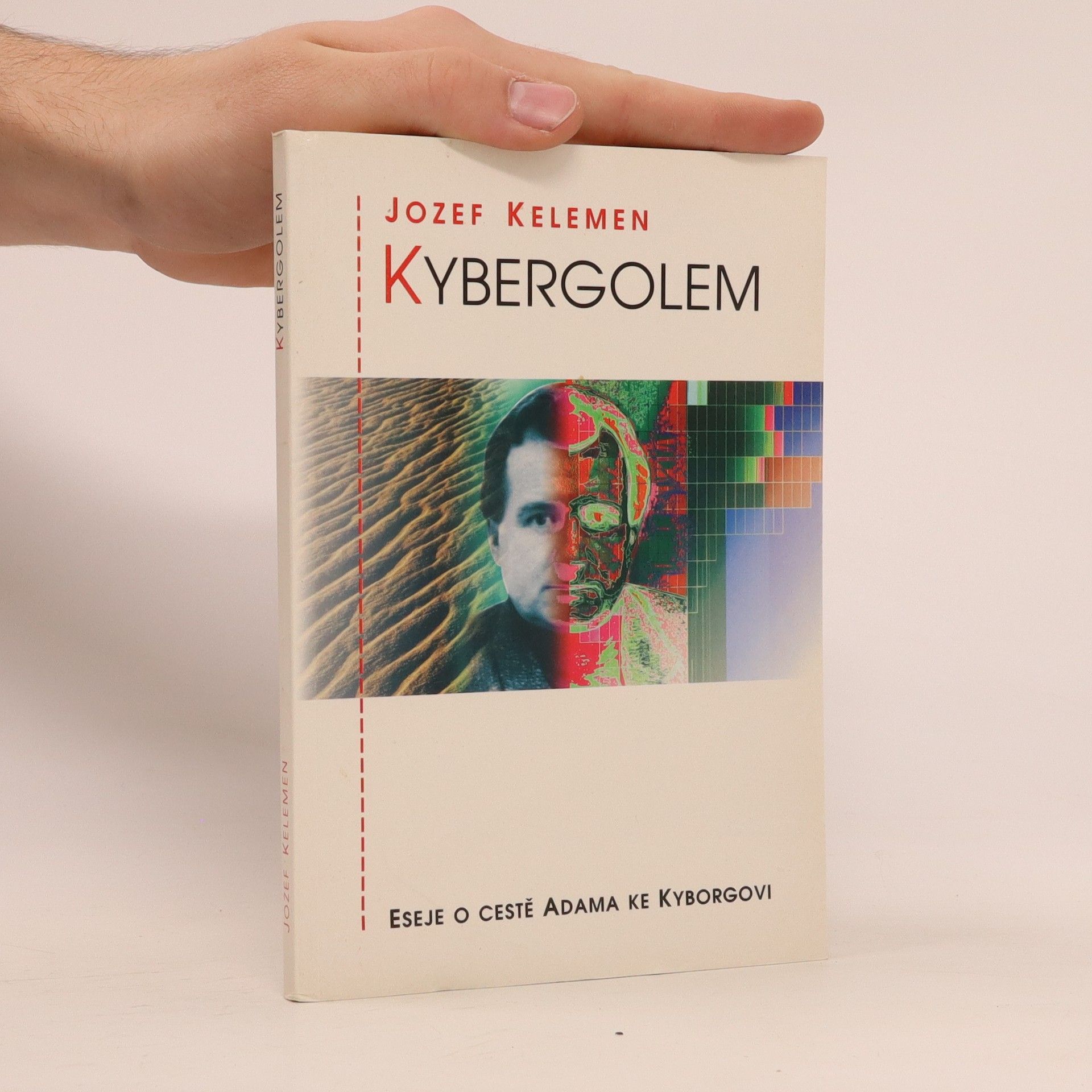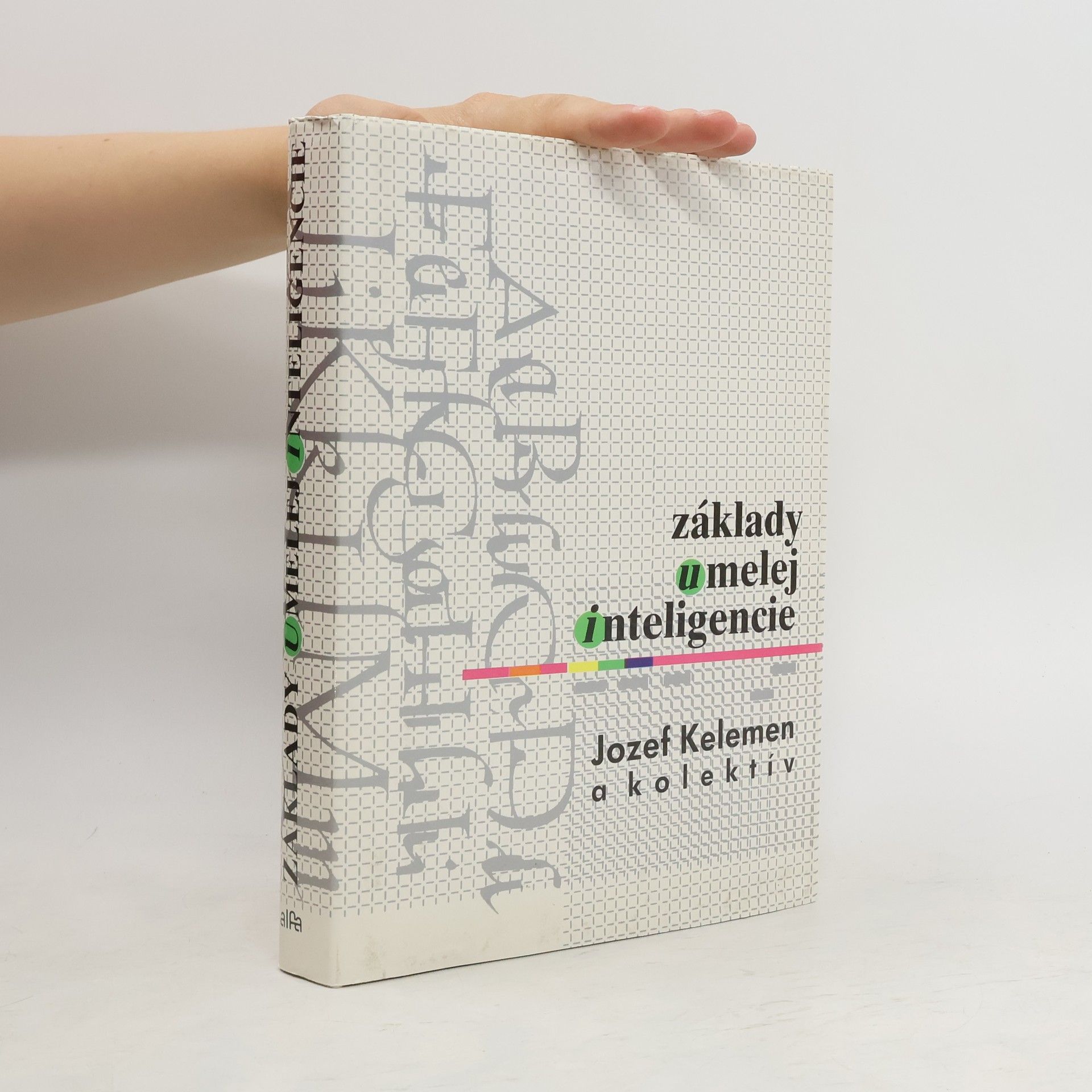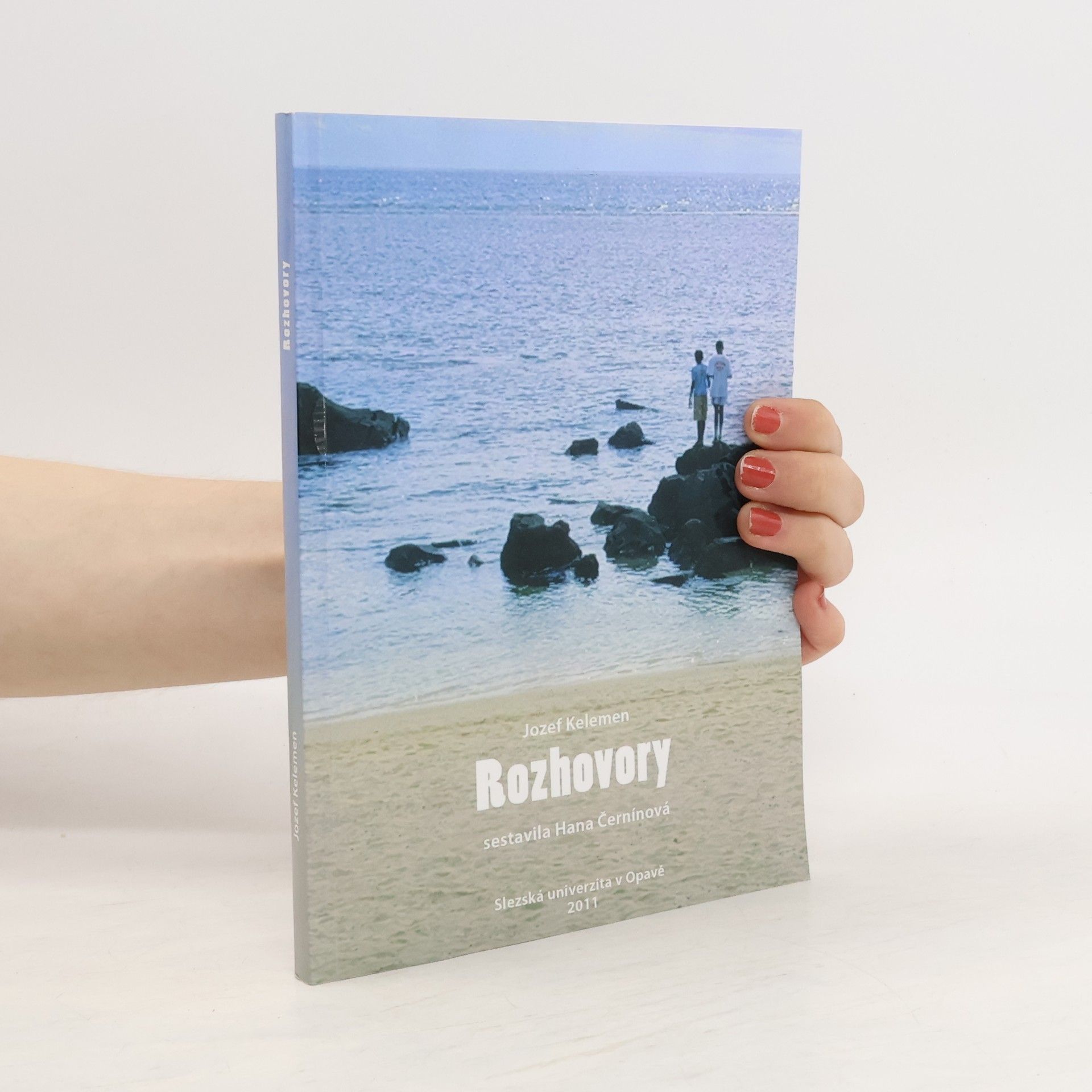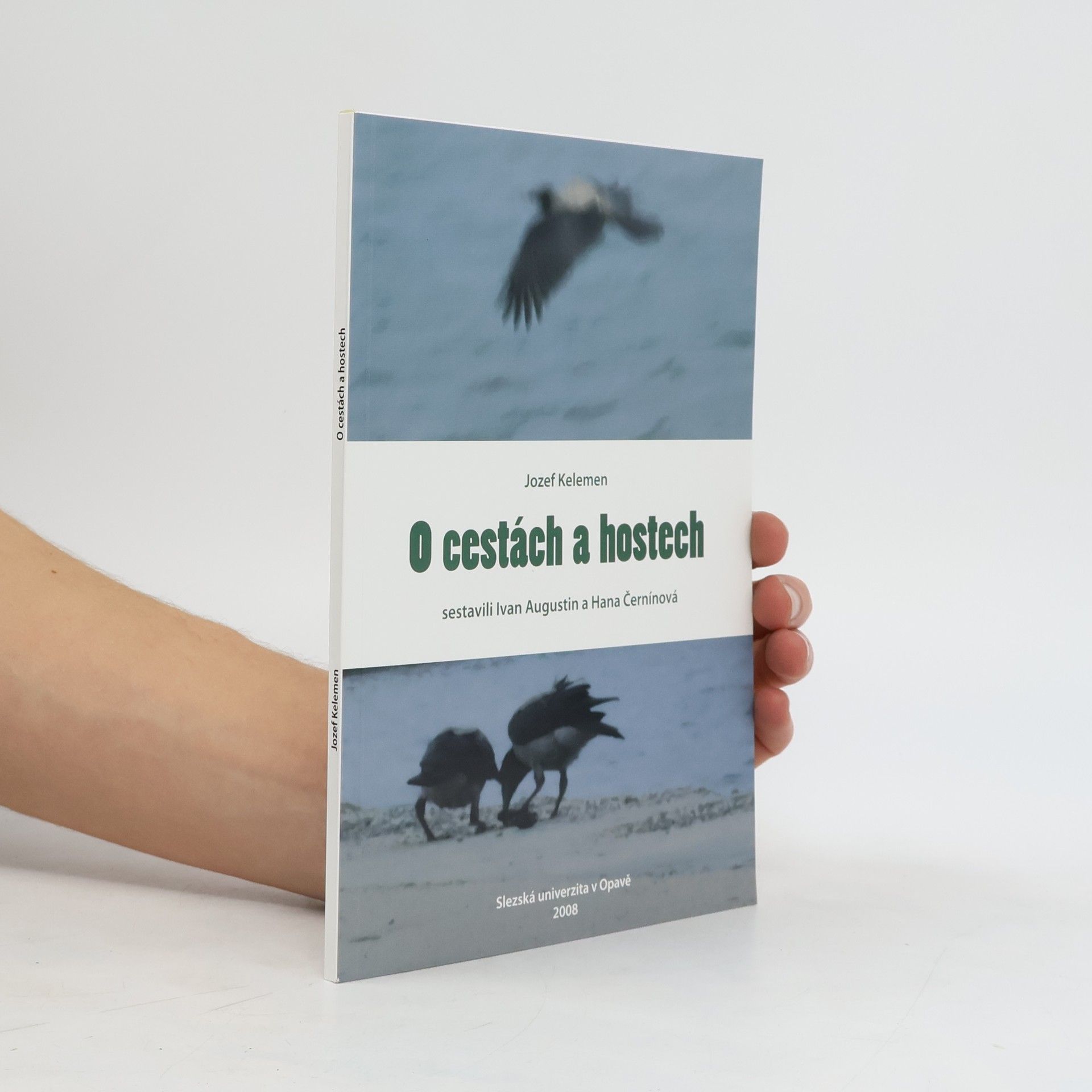Jozef Kelemen Bücher

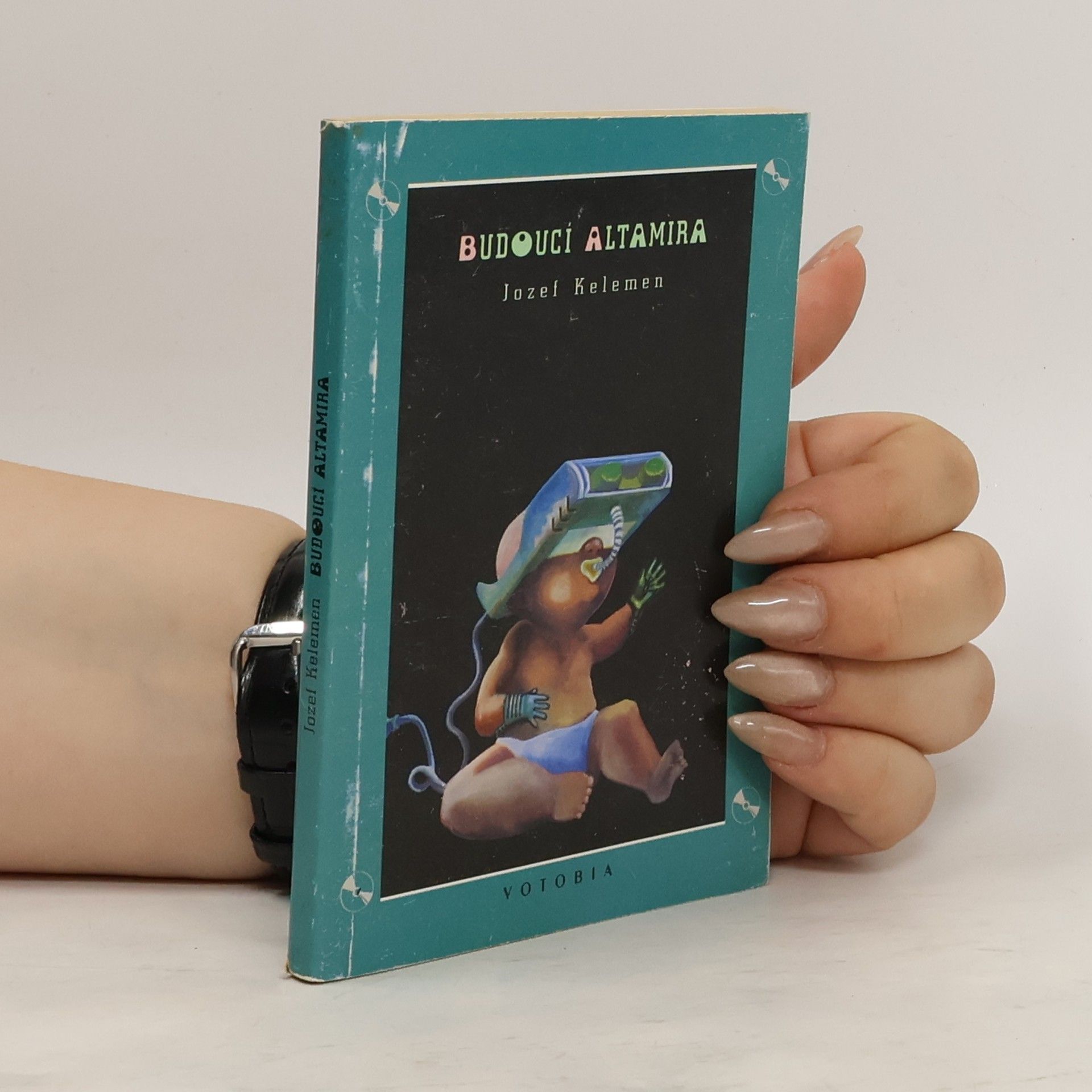
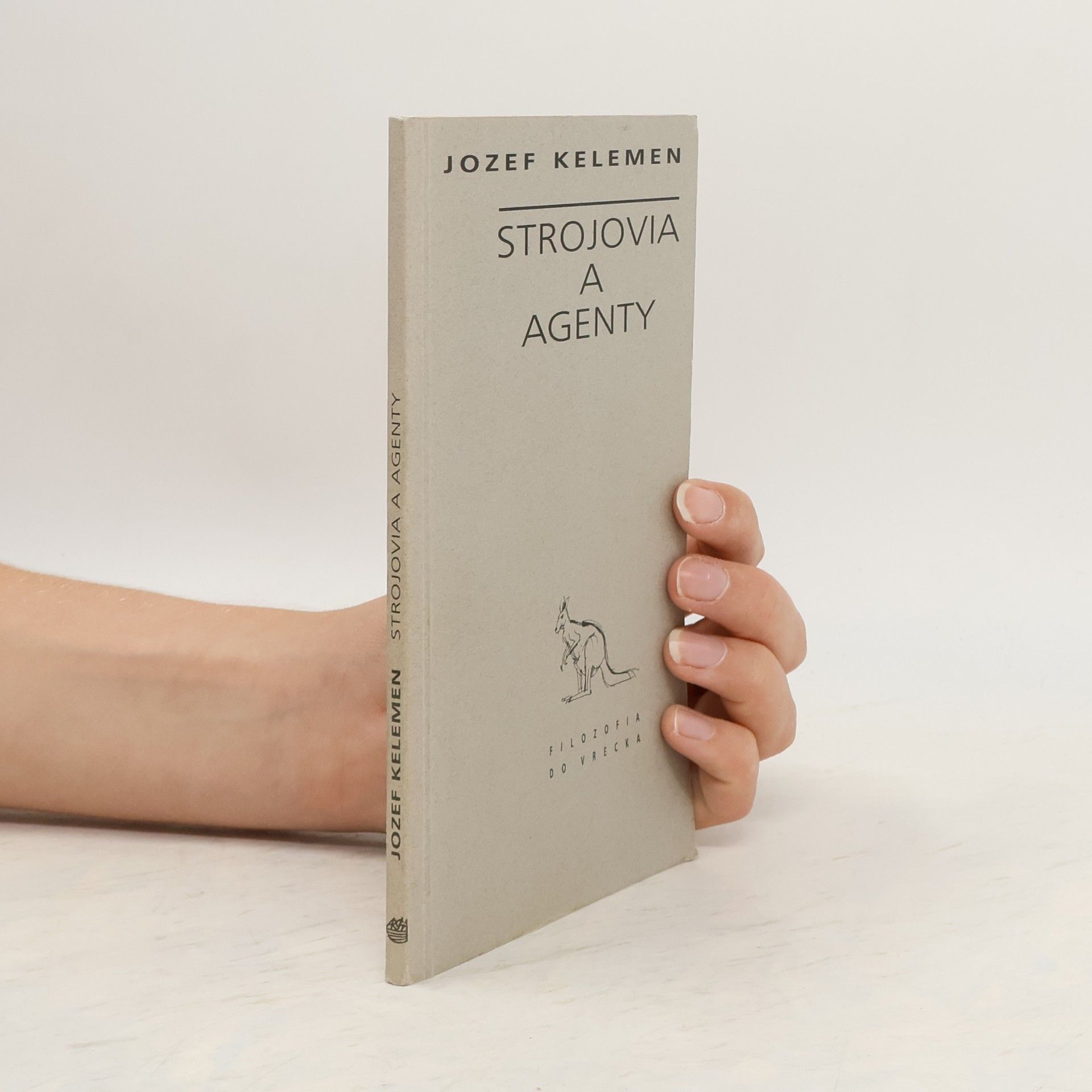


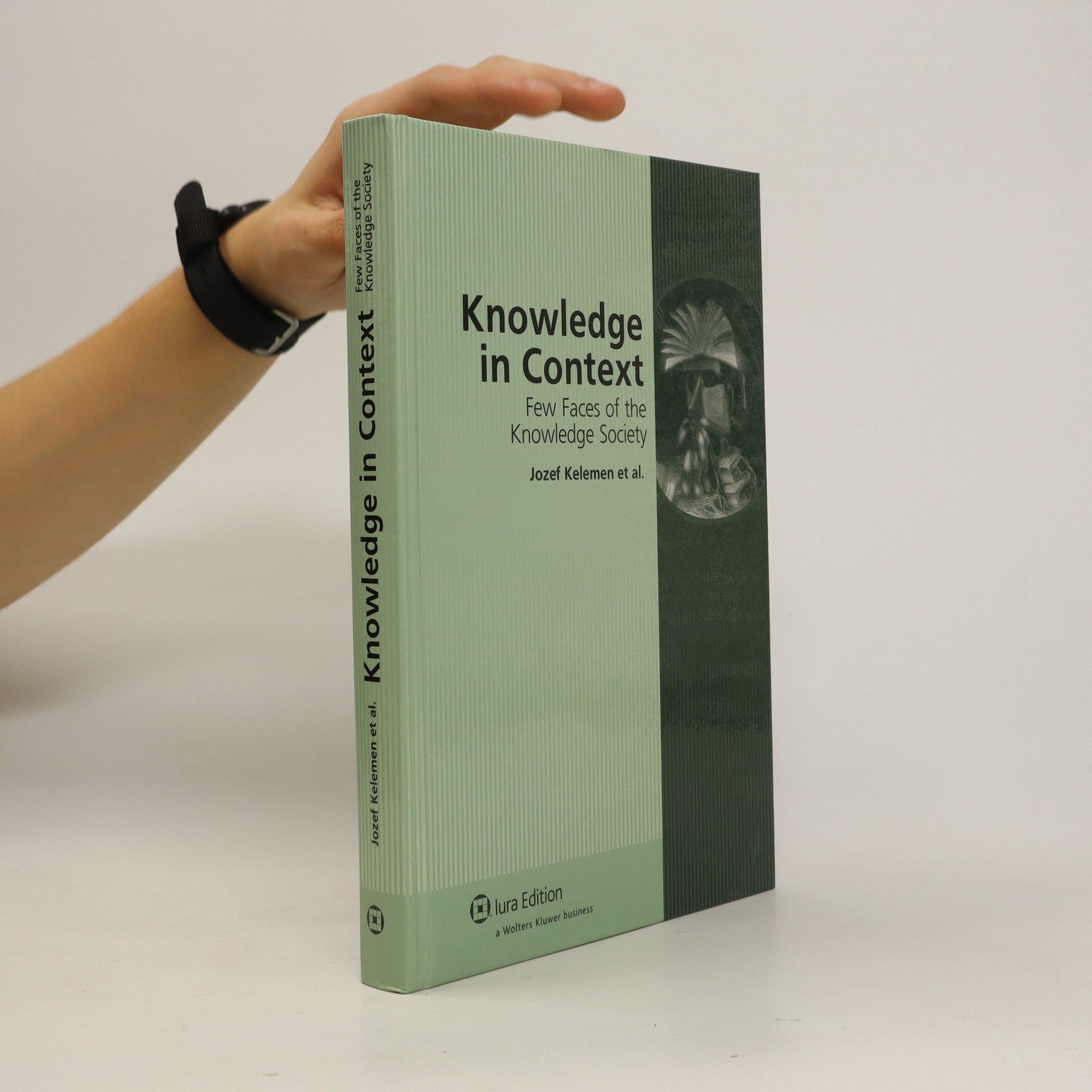
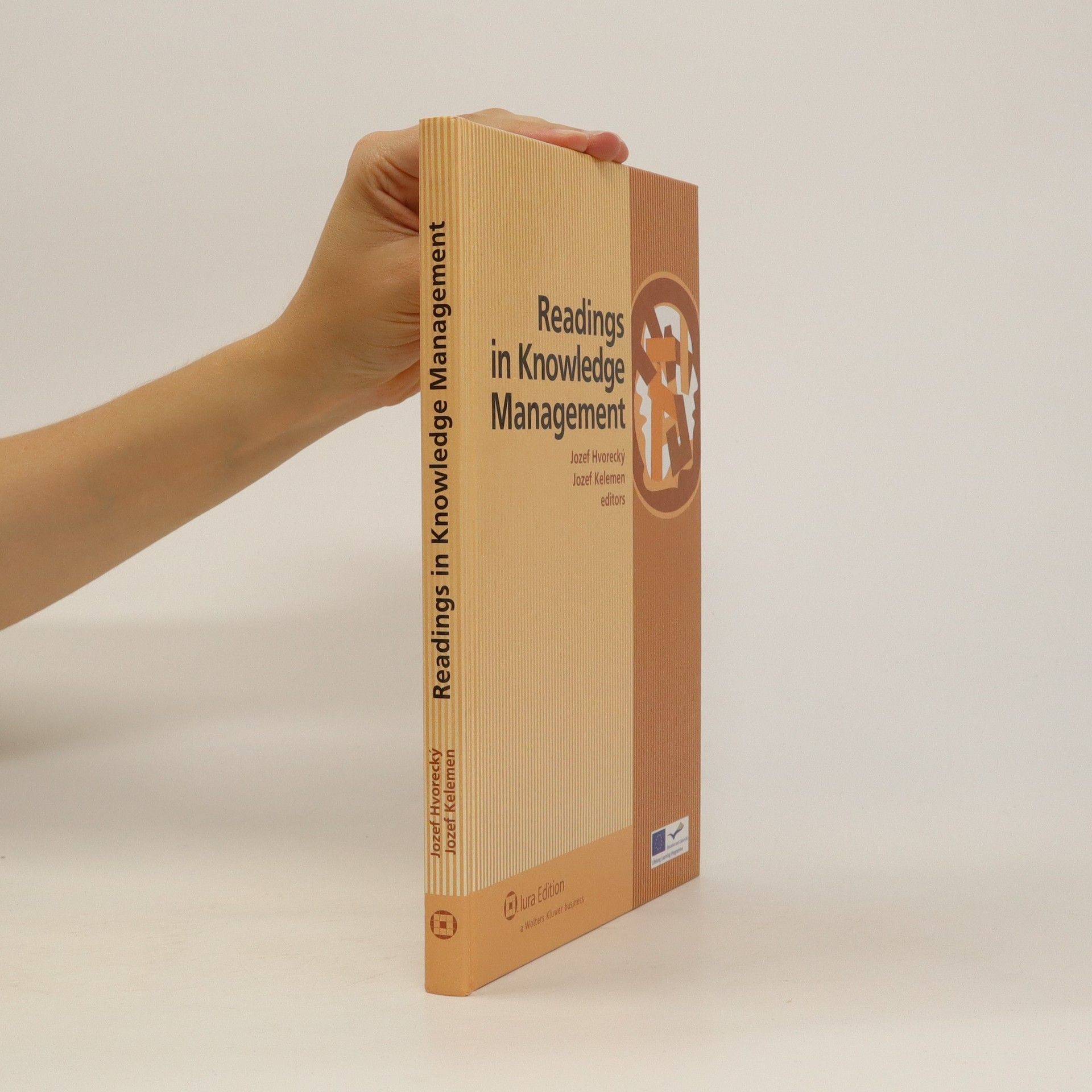
Myseľ, telo, stroj
- 218 Seiten
- 8 Lesestunden
Počnúc Platónom si filozofi kladú otázku, čo je poznanie. Ako poznávame vonkajší svet pohybov, objektov a farieb? Ako poznávame vnútorný svet predstáv, vier a želaní? A ako tieto dva svety spolu súvisia? Človek poznáva mysľou, ale čo je myseľ? Ako možno zistiť, čo sa v nej deje? Aký je vzťah medzi mysľou a telom? Ako svet v nás súvisí so svetom okolo nás? Kniha Myseľ, telo, stroj predstavuje deviatich filozofov a vedcov - R. Dawkinsa, D. C. Dennetta, R. Van Gulicka, T. Nagela, K. H. Pribrama, R. Rortyho, J. R. Searla, R. M. Smullyana a A. M. Turinga, ktorí významne ovplyvnili súčasné diskusie o týchto problémoch, zamestnávajúcich filozofov už viac ako dvetisíc rokov. Okrem filozofov zaujme aj odborníkov v súvisiacich vedných disciplínach ( biológii, logike, psychológii, umelej inteligencii) a každého, kto slobodne rozmýšľa o tom, akú predstavu si mi ľudia máme vytvoriť o sebe a svojom mieste v prírode.
Berušky, andělé a stroje
- 205 Seiten
- 8 Lesestunden
Začalo to nějak takto: Jeden z autorů (AM, biolog) se ve své knize věnované teoretické biologii otřel o mechanistické chápání života, odvrhl myšlenku, že by stroje a život mohly jednou znamenat totéž. Druhý autor (JK, informatik), který se ve svých knížkách zabývá zdokonalováním dovedností počítačů a robotů, cítil povinnost hájit stroje a jejich budoucnost. Oba pánové měli dost příležitostí se setkávat a svůj spor kultivovat, a s úžasem dospěli ke dvěma závěrům. V první řadě shledali,jak nesnadné je pro lidi ze dvou rozdílných oblastí nalézt společný jazyk, i když zdánlivě by vše mělo jít hladce - vždyť používají stejné pojmy. Právě tam, kde o něco jde, nabývají ty pojmy najednou velmi neostrých okrajů. To by se samozřejmě dalo vyhladit v diskusi. Mnohem skandálnější bylo zjištění druhé: nejen lidstvo, ale ani oni sami nemají ve věci života a strojů nijak jasno. A tak si začali trochu hrát a z té hry povstal tento text. Spolu se čtenářem se budou v problematice trochu šťourat a uvidíte, jestli nakonec budete všichni moudřejší, než když jste začali. Od počátku se kolem celého dění vyskytovala a vtáhnout do něho nechávala Fatima Cvrčková, manželka jednoho z autorů (AM). Nakonec dílo ilustrovala - to každý může vidět. Ona ale také rukopisné verze mnohokrát četla a spoustou dobrých nápadů přispěla; to už vidět není, výsledkem se chlubíme sami a za případné chyby také padá ostuda na nás.
Strojovia a agenty
- 109 Seiten
- 4 Lesestunden
27. októbra 1949 prebehla na oddelení filozofie Manchesterskej univerzity diskusia o tom, či môže počítač myslieť. Pred zúčastnenými sa v novom technickom a vedeckom kontexte znova aktualizovala otázka, ktorá nebola ani v nimulosti európským mysliteľom neznáma či cudzia - otázka, či bude raz možné skonštruovat systém, ktorý by dokázal to, čo zatiaľ dokáže iba ľudská myseľ. Dvaja spomedzi diskutujúcich, matematik Max Newmann a filozof Michael Polányi, aktualizovali v spojitosti s touto témou alarmuj)ce výsledky logika Kurta Gödela. Ten v roku 1931 dokázal, že žiadny formálny systém, ktorým možno opísať aspoň aritmetiku, nemôže poskytnúť prostriedky na dôkaz vlastnej bezospornosti. Ak je teda počítač z hľadiska sovjich výpočtových schopností ekvivalentý s formálnym systémom (čo je dodnes skoro všeobecne prijímaná hypotéza, sformulovaná prvý raz logikom A. Churchom začiatkom 30. rokov), tak nemá zmysel pokúšať sa napodobiť vtipnou súčinnosťou jeho schopností všetko to, čo dokáže ľudská myseľ. Alan Turing, matematik, ktorý koncom 20. rokov ako prvý sformalizoval pojem výpočtu, bol voči takýmto argumentom skeptický.
Kniha esejů o vývoji, podstatě, významu a perspektivě umělé inteligence.
Kybergolem - eseje o cestě Adama ke Kyborgovi
- 111 Seiten
- 4 Lesestunden
Člověk se produkováním umělých bytostí snaží formovat novou podobu vlastního života, jež by nebyla limitována slabostí, bezbranností a nedosažitelností tužeb. Ke strojům se upíná lidská představivost! Evropská kultura se zcela opírá o vlastní technické dovednosti. Slovenský odborník na problematiku umělé inteligence se pokouší odhalit kořeny i možné perspektivy tohoto aspektu naší civilizace. Jedinou alternativu spatřuje v postupném prorůstání lidské bytosti s technikou.
Rozhovory
- 194 Seiten
- 7 Lesestunden
O cestách a hostech
- 88 Seiten
- 4 Lesestunden
